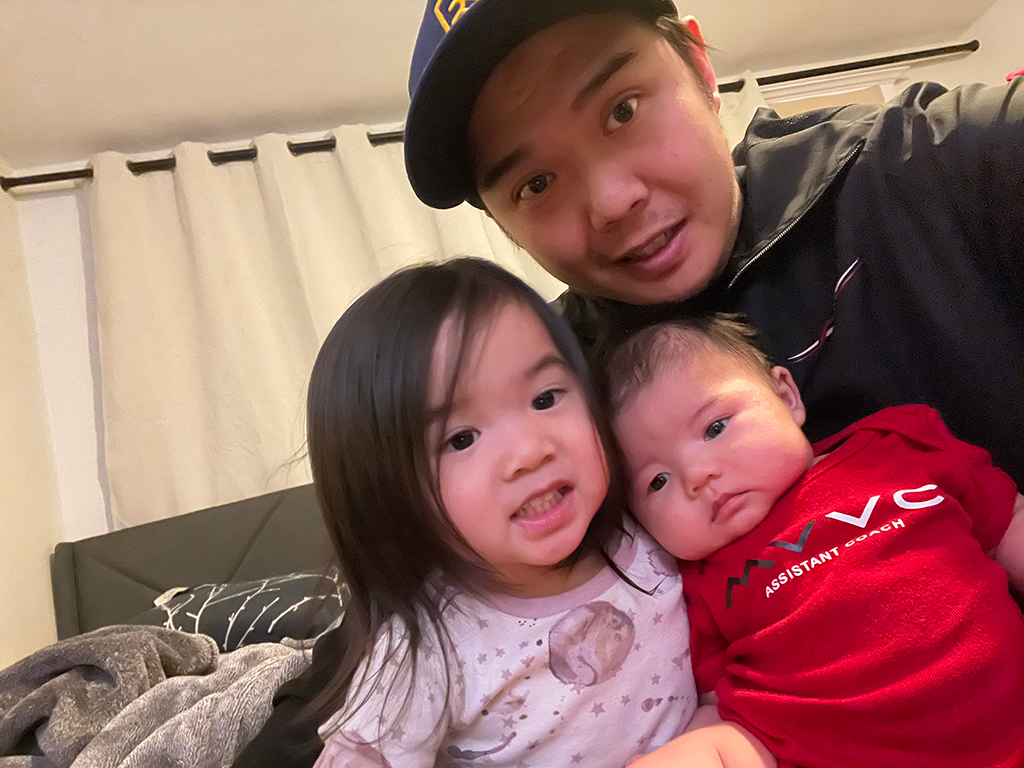Museum Employees Share Personal Experiences in Four-Part Series
We’re kicking off a behind-the-scenes series featuring Museum staff sharing what they learned from their parents and how their parenting styles are similar and different.
Parenting has changed significantly over the years with many societal factors having shaped these differences. I’ve provided some context on a few of the big changes. Then we’ll ask my colleagues what they learned from their parents and how their parenting styles are similar and different.
A plethora of information
The amount of and access to information has played a huge role in child-rearing over the decades. The media in its various forms has added new voices to the mix of what influences children growing up. Competition for the parental voice has increased exponentially. Research shows that children are now more connected to and influenced by their peer group and the media, including social media platforms, than by their parents. At the same time, parents have access to parenting information at their fingertips, so they no longer need to completely rely upon their intuition or their relatives and friends.
Family dynamics continue to shift
Families are smaller than they used to be and are more diverse, with fewer families having extended family living with them or even nearby. This often requires the family unit to be more independent and rely on one another or develop a network of support. Women are waiting longer to give birth, and it’s much more common for both parents to hold down a job and share child-rearing. The growing support for remote work means that one or both parents are often home and this can make sharing childcare easier.
Children have a larger role in the family than in previous decades
Family dynamics have shifted from a more top-down power structure to a more child-centered approach. Children are encouraged to speak up, share their opinions, and have a vote in family affairs. Children’s voices and feelings are more sought after and respected than much earlier styles of parenting that might have been seen as “command and control,” and “children should be seen and not heard.” Studies show that parents are reallocating their time by reducing their leisure activities and hours spent on household chores in order to spend more time with their kids. This makes for a more “child-centered” family.
While parenting styles have evolved over the years, what is constant is parents’ love and commitment to raising healthy, well-adjusted children.
IT Technician Hole Nguyen is a new dad. Let’s hear what he learned from his parents and how he wants to manage his children’s access to technology as they grow up.
Hole Nguyen
IT Technician
Parent to two little ones under three years old
Things I learned from my parents:
“I have to be very patient with my kids and take things slow. They can at times be a handful and parents also have a lot going on in terms of work and house chores. Sometimes we might not see it, but when your kids’ cry or ask for attention, it is because they need or want something. The best feeling is that they looked up to you and can depend on you to be there for them. The second most important thing about parenting is being there for your family. I know we work hard to give that comfortable lifestyle for our family, but sometimes we forget that they are the reason why we work so hard. My parents would remind me of that from time to time and to not forget to make time for your family.”
How do you think your style is similar and different from your parents’ style?
“My style of parenting is very different from my parents. At least, I believe it’s different. I do put a lot of effort into spending time with my family and kids. I take them almost everywhere I go and try to keep them off tech devices. I want them to feel like they are not relying on technology.”

